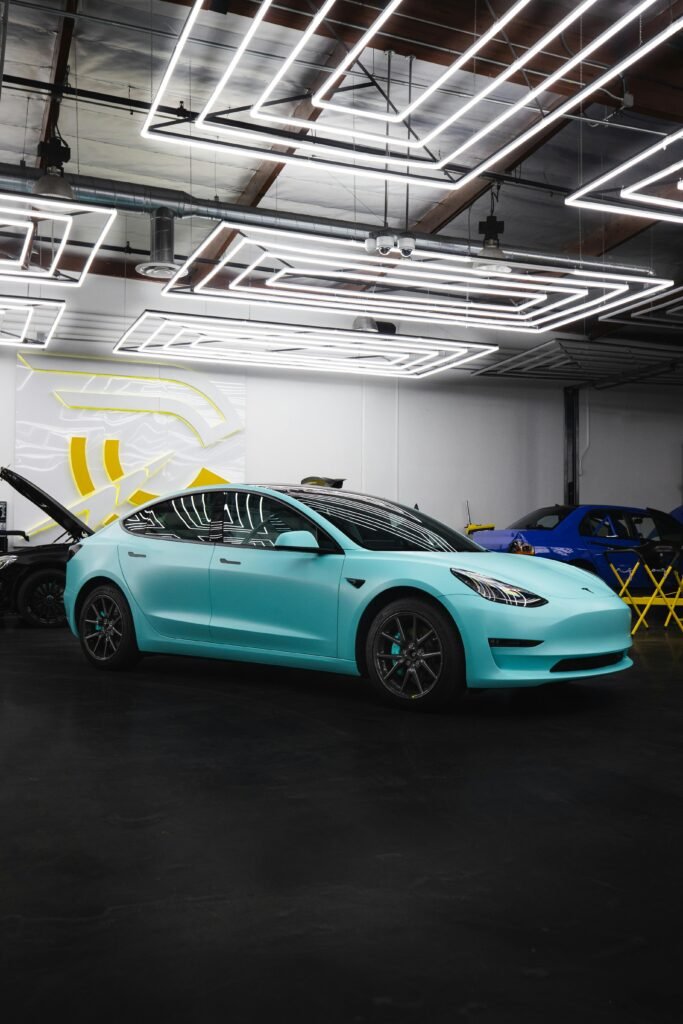Ready to Buy a New Electric Car? Here’s What You Need to Know!
Are you in the market for a new electric car? Awesome! EVs are rapidly becoming the most popular new vehicles. They’re not only fun to drive but also a much better choice for the environment compared to that old gas-guzzler in your driveway.
But, let’s be real—shopping for a new EV can be challenging. They can be expensive, supplies are limited, and there are often long wait lists.

India’s Bold Steps Towards Electric Mobility: Incentives and Schemes to Boost EV Adoption
India is taking significant strides to promote electric vehicles (EVs) with initiatives that mirror global efforts. One of the latest and most impactful schemes is the Electric Mobility Promotion Scheme (EMPS) 2024. This ambitious program, spearheaded by the Ministry of Heavy Industries, allocates a substantial ₹500 crore to accelerate the adoption of electric two-wheelers and three-wheelers. The EMPS aims to support 372,215 electric vehicles (EVs), providing financial incentives that make these vehicles more affordable for the average consumer.
In addition to EMPS, the Faster Adoption and Manufacturing of Hybrid and Electric Vehicles (FAME) scheme has been pivotal in driving EV adoption in India since its inception in 2015. FAME II, which ran from 2019 to 2024, focused on promoting advanced battery technologies and supporting a broad range of EVs. The scheme had an impressive impact, providing financial assistance for over 1.38 million two-wheelers and 155,000 three-wheelers, successfully achieving 89.5% and 100% of its sales targets respectively.

FAME II initially allocated ₹10,000 crore but later enhanced it to ₹11,500 crore in December 2023 to support the burgeoning demand. This extension allowed the scheme to support 1.74 million vehicles, up from the initial target of 1.56 million vehicles. The scheme was particularly effective in the electric two-wheeler and three-wheeler segments, which saw annual average increases of 151% and 96% respectively in the last two years.
However, the introduction of EMPS has brought some changes. The new scheme offers an incentive of ₹5,000 per kilo-watt hour of battery capacity, capped at a maximum of 15% of the ex-factory cost or ₹10,000 for two-wheelers, ₹25,000 for e-rickshaws and e-carts, and ₹50,000 for e-autos, whichever is lower. This reduction in monetary support has increased vehicle prices, posing challenges for both manufacturers and consumers. Despite this, EMPS maintains a strong focus on the two-wheeler and three-wheeler segments, which have been the backbone of India’s electric vehicle revolution.

In summary, while India’s transition towards electric mobility is marked by challenges, the combined efforts of EMPS and FAME II reflect a robust policy framework aimed at promoting sustainable transportation. These schemes not only make EVs more accessible but also contribute significantly to reducing the nation’s carbon footprint.
So, if you’re considering an electric vehicle in India, these incentives could make your eco-friendly choice a smart financial decision too!